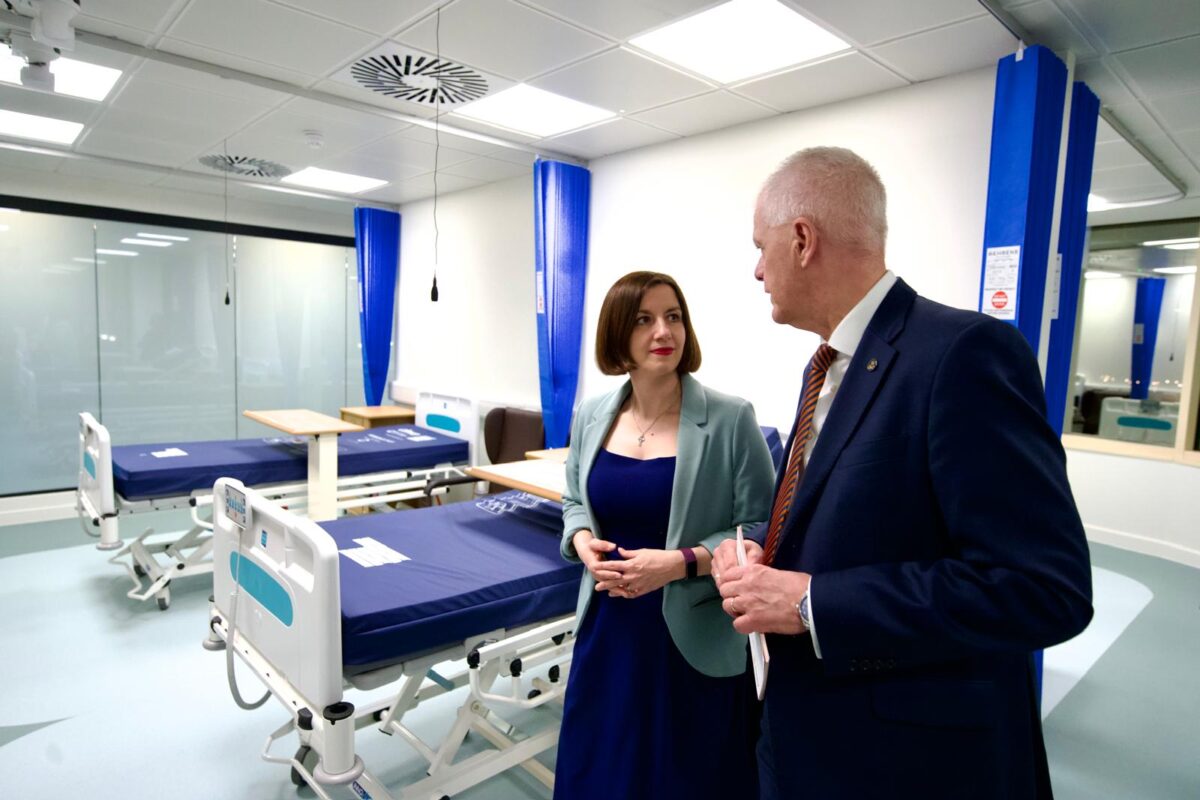Tuition fee rise will limit Autumn Budget damage for universities

Universities need support to deliver Skills and Growth for the Future
Our Higher Education (HE) system is internationally renowned for delivering world-leading education, with 11 universities in the top 100 globally. It is a core economic pillar of the UK, playing an integral part in skills development and innovation by driving higher learning, delivering cutting edge research and development (R&D), and making places more attractive to global talent and investment.
However, universities are not equipped with the resources they need to support future skills and economic growth. 40% of universities are forecasted to be in budget deficits, with the public teaching deficit estimated at £1,015 million in 2021-22. This follows more than a decade of frozen or incremental rises to government-fixed tuition fees – which have eroded in value by around a third, alongside a prolonged period of high inflation.
In a move to address this challenge, this week saw the Government raise undergraduate tuition fees in England for the first time in seven years. Tuition fees will rise by 3.08% in the 2025-26 academic year, from £9,250 to £9,535 per year, and fees will be linked to the RPIX measure of inflation going forward. Currently set at 3.1%, predictions estimate fees to hit £10,750 by the end of this parliament.
Autumn Budget raised university outgoings by more than £372 million per year, through increased Employer National Insurance contributions
This reform will provide an additional £390 million for teaching in real terms, however this comes a week after the Autumn Budget raised university outgoings by more than £372 million per year, through increased Employer National Insurance contributions.
Taken together, these changes mean it is unlikely that income from increased fees will be used to fix the foundations of teaching finances – but will instead be used to offset rising costs. Whilst offering immediate relief for universities, the uplift for teaching budgets does not provide the level of support required to deliver national growth.
The challenges undermining universities’ teaching and research excellence remain, and have impacted students, staff and universities alike – inflaming staffing conflicts over pay, student protests and falling at the heart of harmful public narrative on the value of higher learning and degrees in recent years.
In the address, the Secretary of State Bridget Phillipson went further to challenge HE providers to do more to expand access, improve organisational efficiency and bolster outcomes for disadvantaged students. She confirmed that the DfE will announce reforms in coming months.
Boost access for disadvantaged students and break down barriers to opportunity
Phillipson called on universities to “significantly step up work to boost access for disadvantaged students and break down barriers to opportunity”. To deliver this, universities need a real financial solution that provides them with greater resources, and closer partnerships with local governments, businesses and communities.
The impact of underfunding spans beyond learning
In a darkening picture, the university funding challenge threatens more than teaching budgets and learning outcomes. UK universities deliver around a quarter of UK R&D, summing £16.3 billion in 2022. This totals 78% of total non-business R&D expenditure.
However, the value of public funding for this innovation has declined substantially in recent years. Project-specific grants do not typically cover the full economic cost of research; UKRI and other funders aim to provide up to 80%. In practice this is often much less, and the collective university research deficit has increased by 14% in 5 years to £4,962 million in 2021-22. Other forms of university income – such as tuition – are used to cross-fertilise innovation activities, stretching teaching income further.
Collectively, the reduced value of innovation grants, increasing bills, and historic erosion of the value of tuition fees has asked universities to do more with less. These combined headwinds have led to unstable interdependencies – most notably relying heavily on increasing numbers of international students, whose fees sit outside of the Government cap. Businesses see these risks, and warn that without better supporting universities, national innovation and business performance will pay the price.
Only through a more comprehensive and stable funding solution can universities focus on their public mission, rather than financial survival.
By Danni Croucher is policy and public affairs lead at the National Centre for Universities and Business – NCUB – where she works to drive impact and engagement across the education and innovation policy landscape. She previously developed the organisation’s Skills and Talent portfolio, leading this workstream from 2022. Danni joined NCUB from the Institute of Physics (IOP), where she led R&D, education and diversity and inclusion policy, and has further worked in policy, analysis and public affairs at government laboratory NPL, and in social policy at Which?











Responses